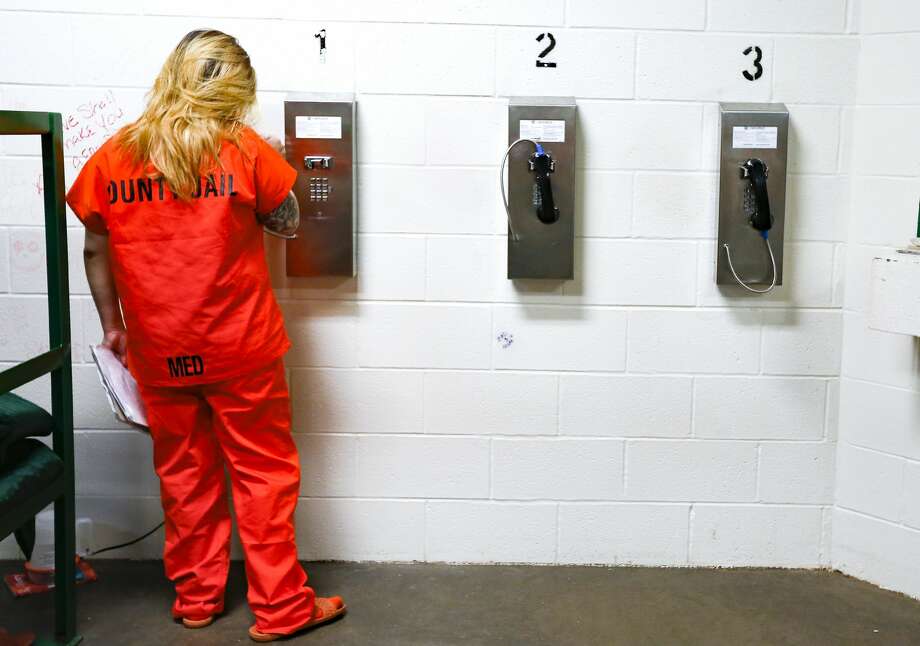

In March, when schools closed and teachers transitioned to sending lesson plans home and conducting class over video platforms, parents quickly learned how challenging it is to work (whether in or out of the home) while one or more children are doing distance learning. They have cropped up in direct response to Covid-19 and the transition to distance learning. Pandemic pods in response to Covid-19Īs you might guess, “pandemic pods” are a much newer phenomenon. But unlike “pandemic pods,” they’re not meant to be a stopgap during Covid-19– they’re typically chosen as a longer-term solution for learning. Unrelated to the pandemic, micro-schools can be a really great educational experience for children and families.

This allows parents and providers to develop really deep relationships and enable children to provide valuable continuity of care. They are often mixed-age, meaning children can grow up in the program until they are ready for kindergarten. Due to their size and set up, family childcare programs can have a much more intimate and homier feel, which many parents want for their infants, toddlers, and preschoolers. Size can vary, but typically they serve between 6 and 12 children, often of mixed ages. Family childcare is a licensed childcare program that takes place in someone’s home. Micro-schools are gaining in popularity amid Covid-19 because of their size and their perceived reduction in risk.Īn often overlooked example of a micro-school is a family childcare program. A homeschool program is another common form of a micro-school. Parents and educators have been organizing small, specialized learning programs for decades. Part of a micro-school appeal is that it is small and intimate and can be more personalized than a larger educational setting. Some might have a specific approach to technology use. Some have a specialized focus, like being STEM or language immersion, or project-based. Like any educational program, micro-schools typically have a teacher to organize the day, implement curriculum, and guide the learning process. They can take place in a home, a commercial space, a park, or any place where children can safely come together in small groups. Micro-schools, not new, but newly popularĪ micro-school is exactly what the name describes: a small educational program.

Even if you’re not a parent or educator, if you spend any time paying attention to the news, you’ve probably been inundated with the discussion of “micro-schools” and “pandemic pods.” You might be wondering what’s to these new ideas, and are they even new? Here’s everything you need to know about what’s going on in these not-so-niche learning environments today.


 0 kommentar(er)
0 kommentar(er)
